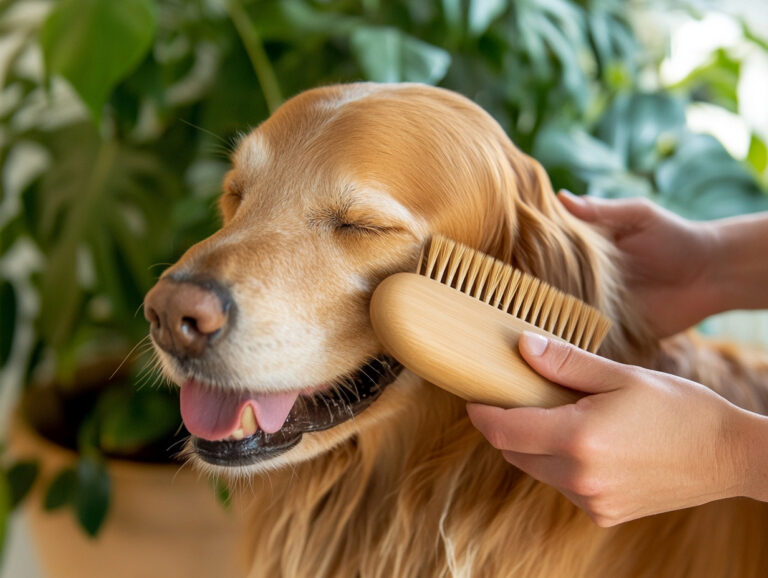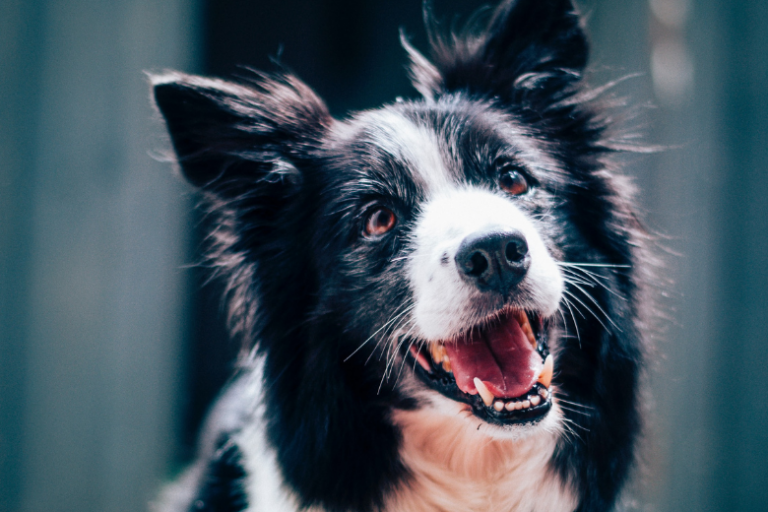What to Do When Your Dog Is Not Eating: 8 Common Causes and Solutions
As a pet owner, it can be concerning when your dog refuses to eat. A loss of appetite can be a sign of an underlying health issue or emotional distress, but in some cases, it may be temporary and not cause for major concern. Regardless, it’s important to monitor your dog’s behavior closely and address any potential problems early on. In this article, we’ll explore common causes of a dog’s loss of appetite and provide solutions to help get your dog back to their normal eating habits.
1. Health Issues
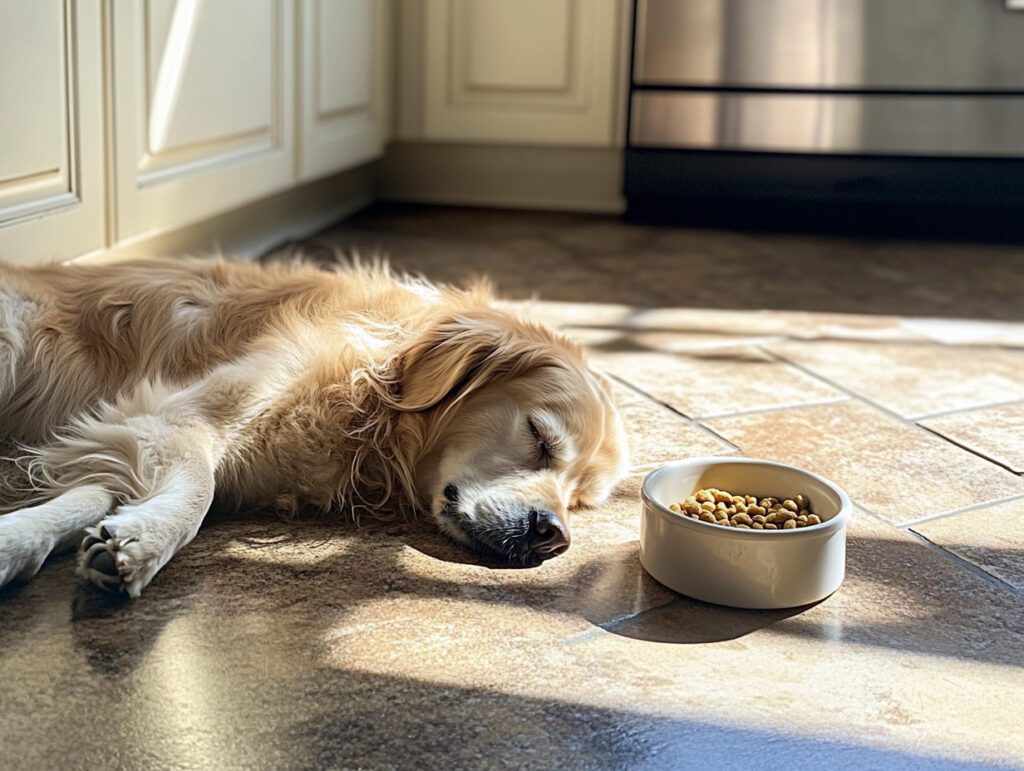
One of the most common reasons for a dog refusing food is an underlying health issue. Digestive problems, infections, or more serious conditions like kidney disease, liver disease, or cancer can lead to a lack of interest in food. If your dog is consistently refusing meals and showing signs of lethargy, vomiting, or diarrhea, it’s crucial to consult your veterinarian.
If your dog’s loss of appetite persists for more than 24 hours or is accompanied by other concerning symptoms, it’s important to seek professional help. Your vet may conduct blood tests, physical exams, and imaging to diagnose the issue. Once the underlying cause is determined, your vet will recommend an appropriate treatment plan to help your dog recover.
2. Dental Problems
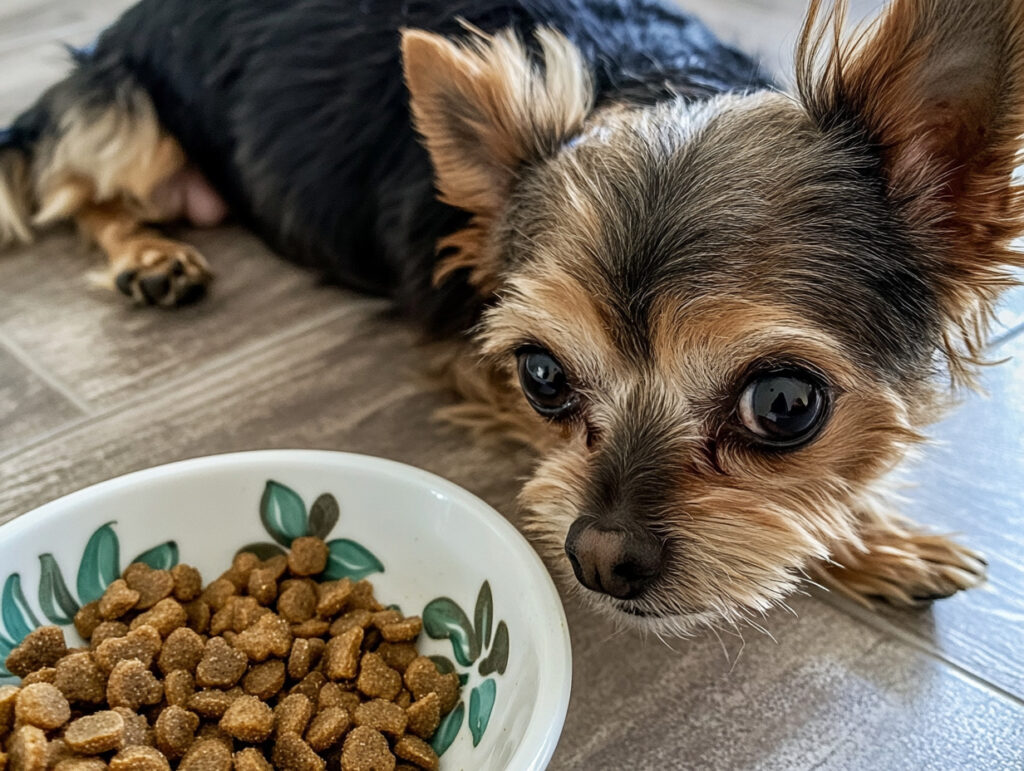
Just like humans, dogs can suffer from dental issues such as gum disease, tooth decay, or abscesses, which can make eating painful. If your dog is refusing food or showing discomfort when chewing, it could be due to oral health issues that make eating uncomfortable.
Check your dog’s mouth for any signs of swelling, redness, bad breath, or broken teeth. If you suspect dental problems, take your dog to the vet for a thorough dental exam. Regular dental checkups and cleanings can help prevent these issues in the future, and your vet may recommend a special diet or treatment for oral pain relief.
3. Change in Diet or Routine
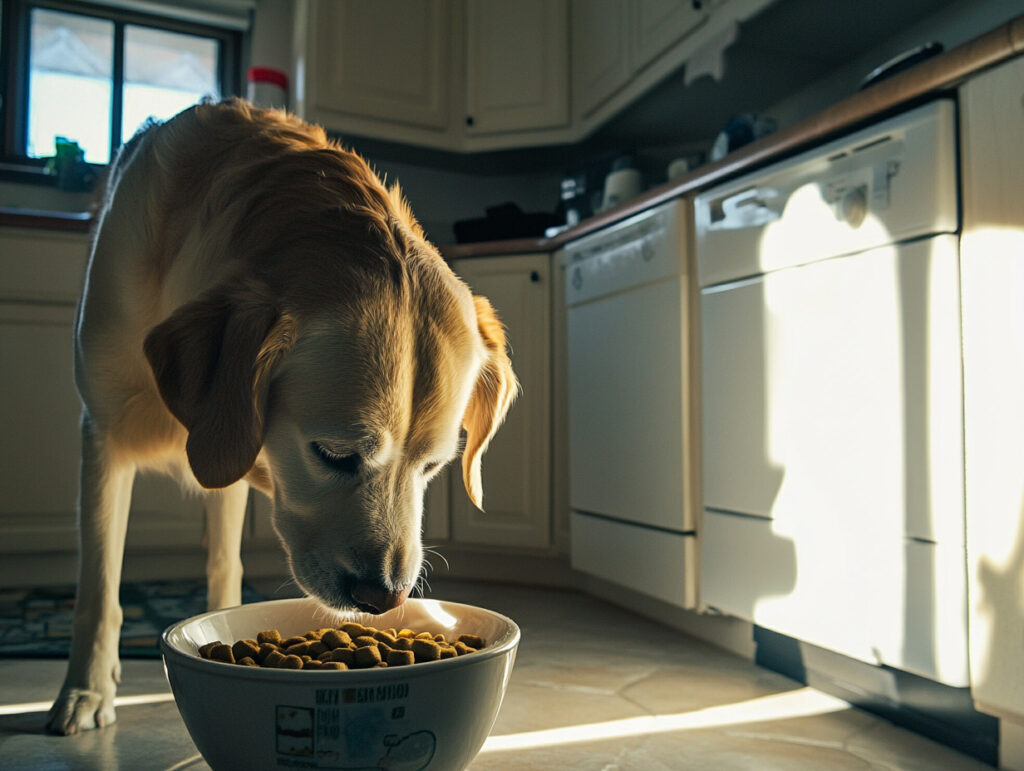
Dogs are creatures of habit, and a sudden change in their food or feeding schedule can cause them to become hesitant about eating. If you’ve recently changed your dog’s food, or if there’s been a disruption to their feeding routine, this could be the reason for their loss of appetite.
Try returning to your dog’s previous food or establish a consistent feeding routine. If you must switch foods, do so gradually over a period of several days, mixing the new food with the old food to help your dog adjust. This will help avoid digestive upset and encourage them to eat without resistance.
4. Stress and Anxiety
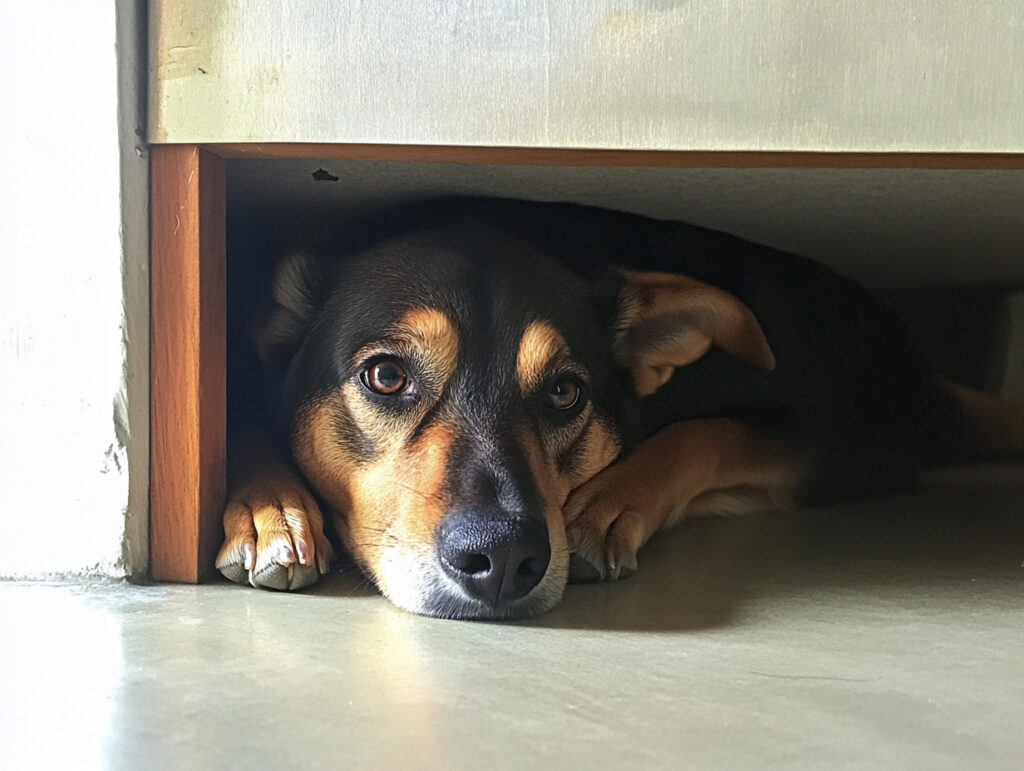
Dogs, like humans, can experience stress and anxiety that can affect their appetite. Changes in their environment, such as moving to a new home, the addition of a new pet or family member, or even loud noises like thunderstorms or fireworks, can cause stress that may lead to a loss of appetite. Some dogs may stop eating when they’re feeling anxious or unsettled.
If you suspect your dog’s loss of appetite is due to stress or anxiety, try to identify the source of the stress and minimize it. Create a safe, quiet space for your dog to retreat to when feeling anxious. You can also try offering your dog comforting activities such as interactive toys or mental stimulation, which may help reduce stress. In severe cases, consult with a vet about anxiety management strategies, which may include medications or behavior therapy.
5. Picky Eating or Behavioral Issues
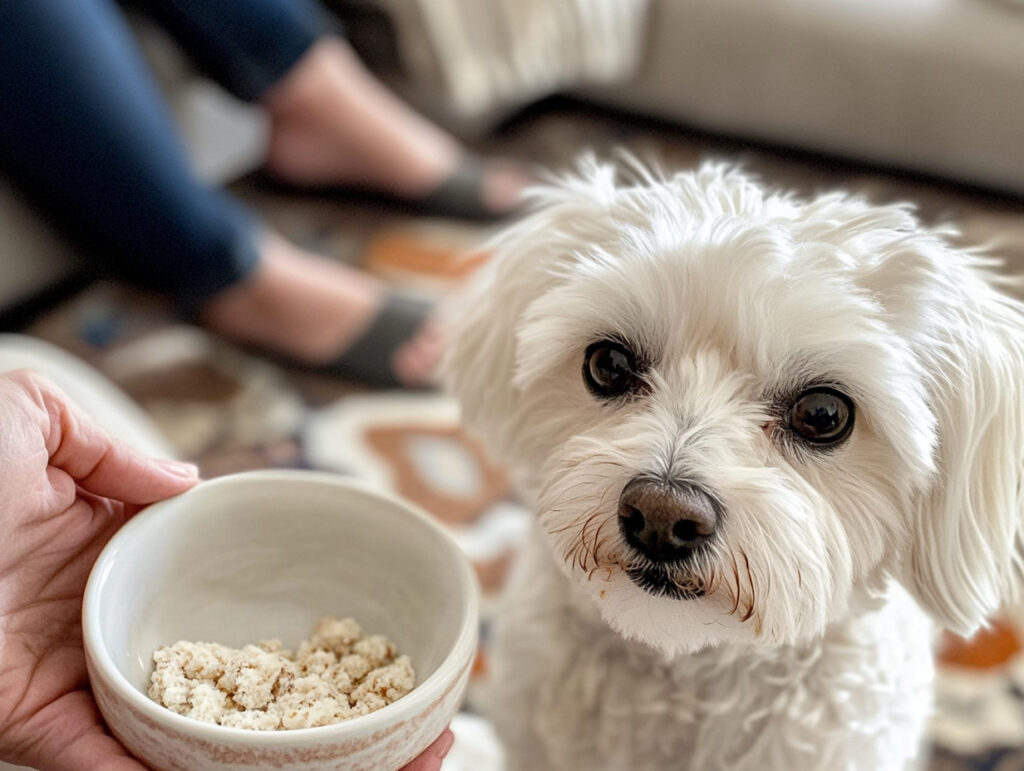
Some dogs are naturally picky eaters, refusing to eat certain types of food or only eating when they’re in the right mood. Behavioral issues, such as food aversion or spoiling your dog by offering too many treats, can contribute to a reluctance to eat meals. If your dog has always been a picky eater, it may be more about preference than a medical concern.
If your dog is a picky eater, try offering a variety of foods and feeding them at consistent times each day. Limit the number of treats you give them between meals, as this can interfere with their appetite. Avoid giving in to their food preferences, as this can reinforce the behavior. In some cases, adding a small amount of wet food or warming up their meal can entice them to eat.
6. Overfeeding or Excessive Treats
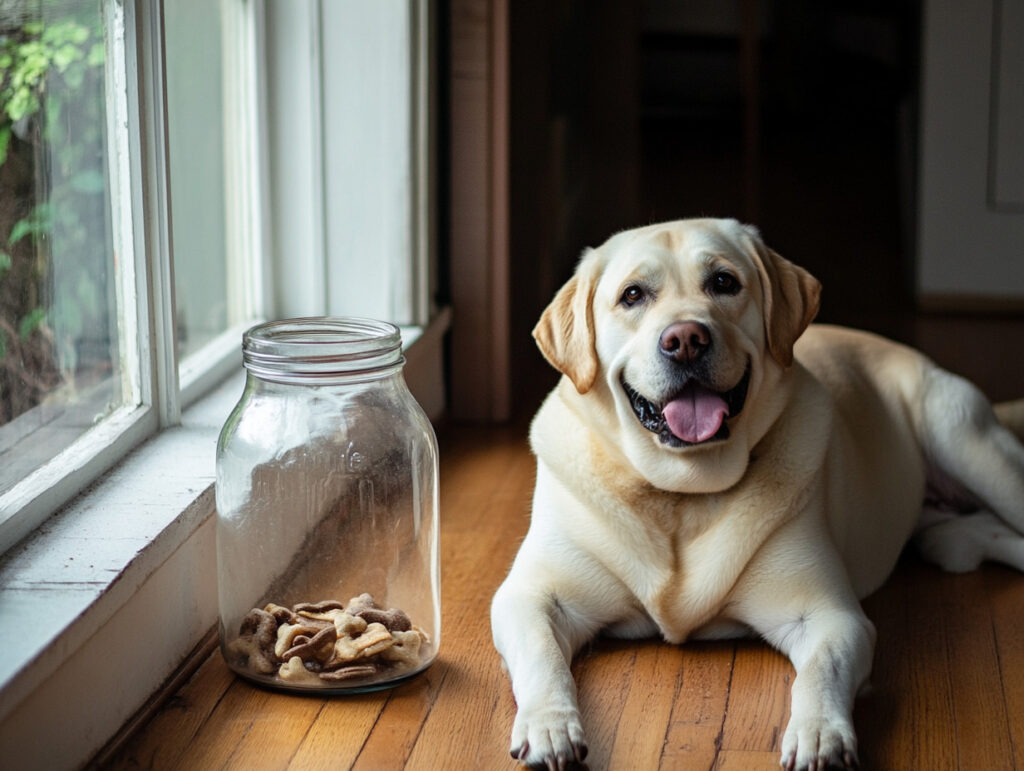
Sometimes, overfeeding or giving your dog too many treats throughout the day can cause them to lose interest in their regular meals. If your dog is already full from snacks or table scraps, they may not feel the need to eat their main food.
Make sure you’re not overfeeding your dog or giving too many treats between meals. Establish a balanced diet and portion control that meets your dog’s specific nutritional needs. Keep track of how many treats you’re giving, and avoid offering table scraps that could spoil their appetite for proper meals.
7. Travel or Changes in Environment
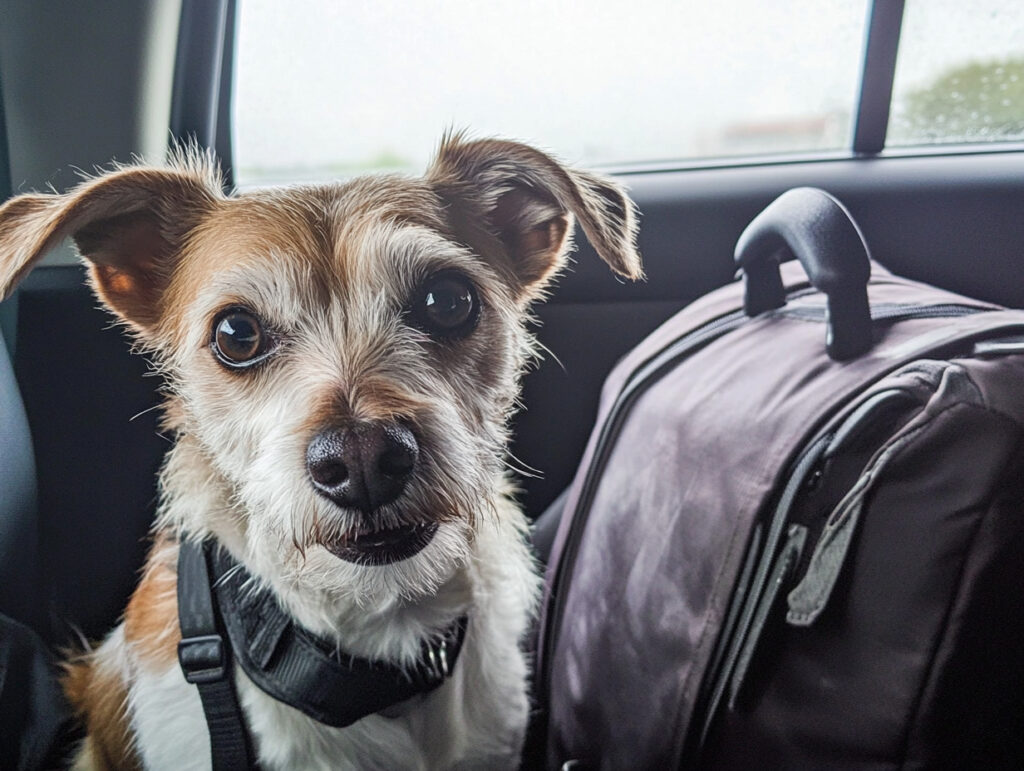
When dogs are traveling or experiencing a change in environment, such as a stay at a kennel or a vacation, they may temporarily lose their appetite due to the unfamiliar surroundings. Travel can be stressful for dogs, especially if it involves a long journey or changes in routine.
If you’re traveling with your dog, try to maintain as much consistency as possible. Bring along their usual food, bowls, and any items that make them feel comfortable, such as their favorite blanket or toy. Offer them smaller meals more frequently to encourage eating. If your dog is staying at a kennel or with a sitter, check in regularly to ensure they are eating, and talk to the staff to address any concerns.
8. Age-Related Changes
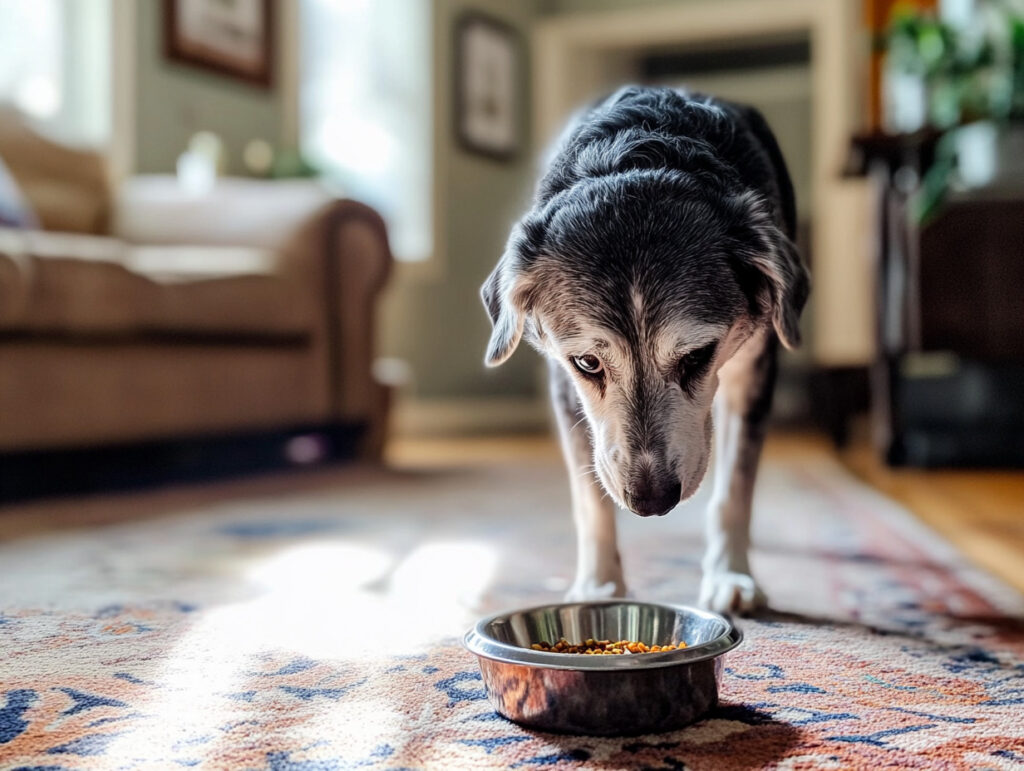
Older dogs may experience a decrease in appetite as they age, due to a variety of factors such as dental issues, arthritis, or changes in metabolism. Senior dogs may also have less energy or may not be as excited about food as they once were.
If you have a senior dog, schedule regular vet checkups to monitor for age-related health issues. Your vet may recommend a special diet tailored to your older dog’s needs or suggest adjustments to make mealtime more appealing. Additionally, make sure your dog is comfortable during eating time and provide smaller, more frequent meals to help stimulate their appetite.
When to See a Veterinarian

If your dog refuses to eat for more than 24 to 48 hours, or if the loss of appetite is accompanied by other concerning symptoms, such as vomiting, diarrhea, lethargy, or weight loss, it’s important to contact your veterinarian immediately. A loss of appetite can sometimes signal an underlying health condition that requires professional treatment.
Final Thoughts
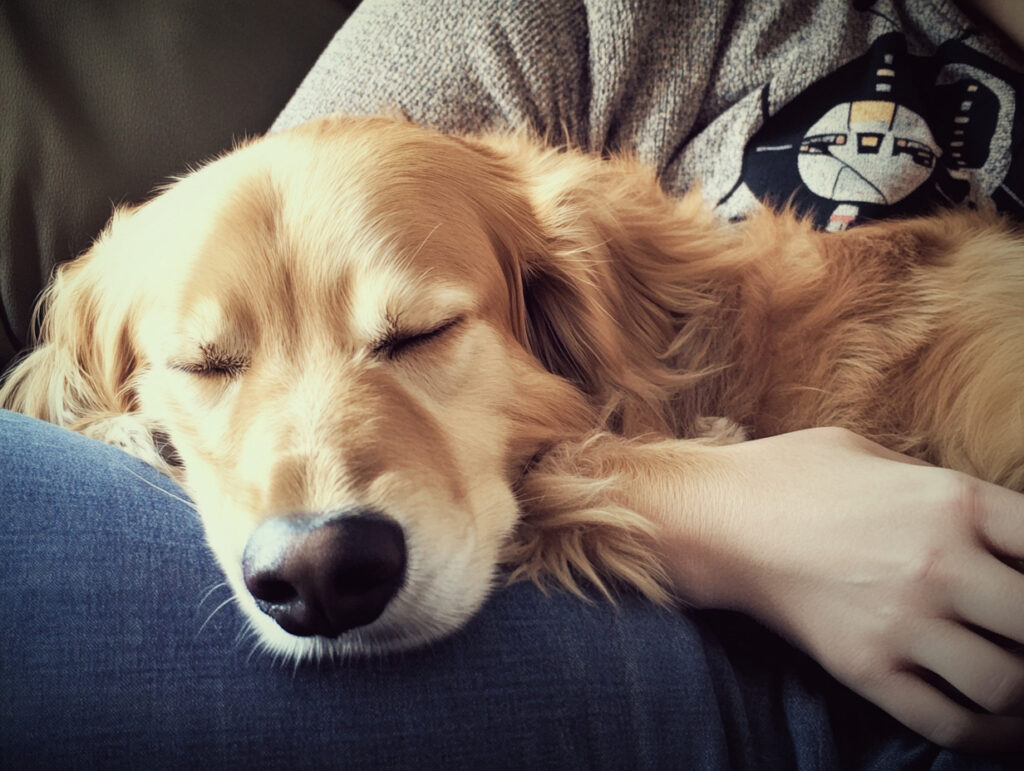
There are many potential reasons why your dog might not be eating, ranging from medical issues and stress to behavioral factors. While occasional loss of appetite may not be cause for alarm, it’s important to closely monitor your dog’s eating habits and overall health. By understanding the common causes of a dog’s refusal to eat and taking the appropriate steps to address the issue, you can help your dog return to their happy, healthy self. If in doubt, don’t hesitate to consult your vet for advice and care.


